Cuba is home to around 368 different bird species, ranging from the diminutive bee hummingbird to the striking frigatebird. Around 70 percent of Cuba’s bird population is migratory, but 25 of these species can only be found in Cuba. Cuba’s national bird, the Cuban trogon, is a striking example of the island's endemic species.
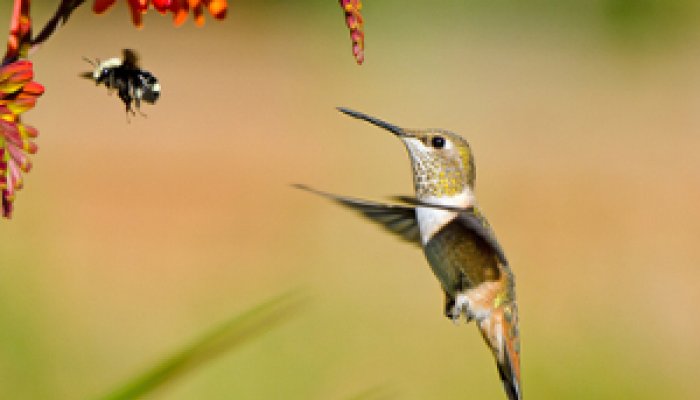
Bee Hummingbird
The remarkable bee hummingbird (Mellisuga helenae) is the smallest bird in the world at only 5.5 centimeters long and weighing an insubstantial 1.95 grams. This endemic bird species has been considered a threatened species since 2000 due to the loss of its habitat. You can see this species flitting around the forests and fields, feeding on flower nectar. Watch for its blazing, iridescent red-pink head and neck plumage that contrast with its blue and green upper body. Cubans call the bee hummingbird the “zunzun” and culturally recognize it as a symbol of love.
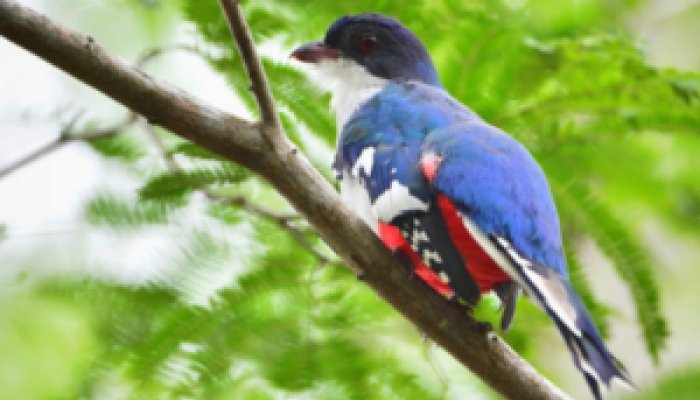
Cuban Trogon
The Cuban trogon has the distinction of being Cuba’s national bird. Many believe the trogon received this honor because its feathers, which range from blue, white, and red, mimic the colors of Cuba’s flag and because the birds cannot survive captivity. The inability of Trogons to survive captivity is said to reflect the people’s love of freedom.
The trogon is an endemic bird who can be found in Cuba’s woodlands and nesting in dense shrubbery and thickets. You will recognize it by its tricolored plumage; its deep blue crown, white chest, and red lower half create a stunning visage. You might also recognize it by its distinctive voice, for its calls are reminiscent of local Cuban names--“toco-tocoro”—mixed with a low, mournful call makes it relatively easy to identify.
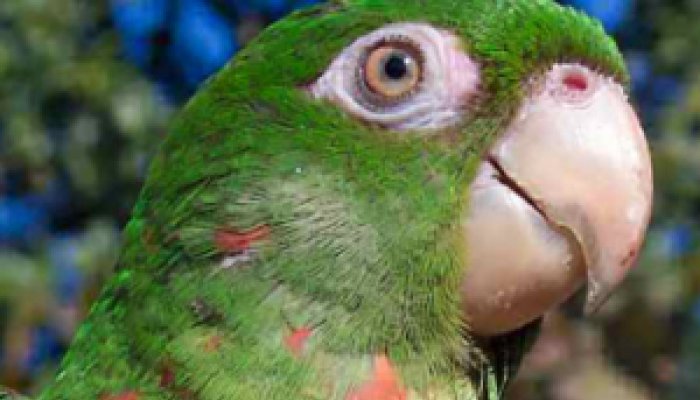
Cuban Parakeet
These brightly colored birds are endemic to the Cuban archipelago and considered a vulnerable species due to the continued loss of their nesting habitat. Their bright green bodies complement the Cuban parakeet’s smiling face, and their brilliant red feathers scattered on their head, abdomen, and sides draw the eye. It’s a beautiful contrast, and they can match the verdant tones of the leafy trees they perch on. They nest in Cuba’s forest ecotone, and a large population thrives in the Zapata Swamp. If you can see these parakeets, you will often see them in a flock as these social birds often form flocks that can comprise 6 to 50 birds.
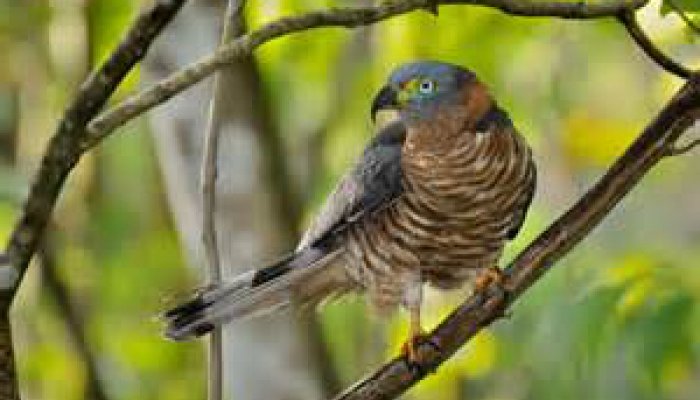
Cuban Kite
The Cuban kite stands as Cuba’s most rare raptor, and this species is considered Critically Endangered. They are relatively stocky birds and notable with their large, deeply hooked bill adapted for eating large tree snails. The Cuban kites are incredibly elusive and were once thought to be extinct due to their rare sightings. However, since the turn of the century there is hope for further repopulation within the Humbolt National Park.
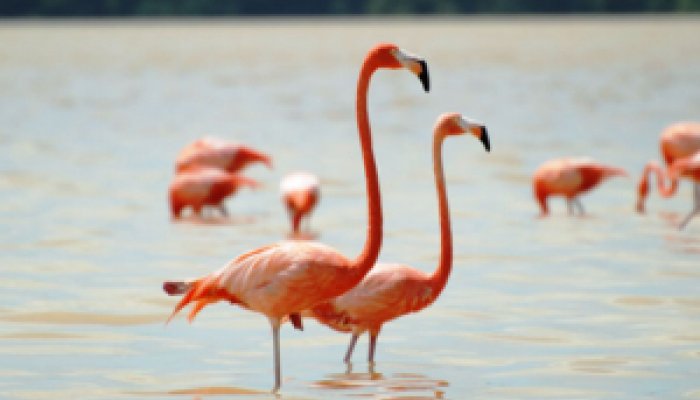
Caribbean Flamingo
These fiery-colored birds enjoy the mudflats, lakes, and lagoons of the Caribbean, the Yucatan Peninsula, and Galápagos Islands. They tend to be highly gregarious and social, so you can find colonies that encompass thousands of flamingoes. Interestingly, these birds have existed for an incredibly long time, with fossil records stretching back around 10 million years.

